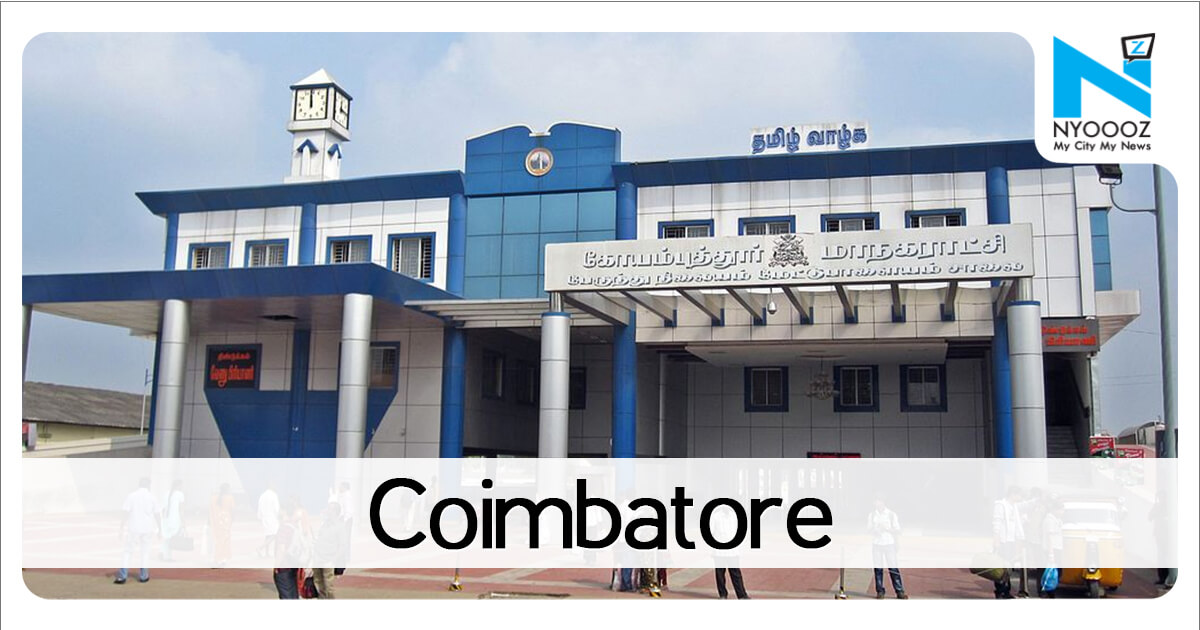- Home >> Coimbatore
Beware! Make sure that meen kulambu does not contain sewage-fed fish
- | Sunday | 26th February, 2017

A fresh water tank would be filled with water lilies," said NI Jalaluddin, environmentalist and founder of the Nature Conservation Society. The fish, caught from 6.30am, are sold by a group of seven fishermen right along the tank banks. It is up to the public to become aware of what they are consuming," designated food safety officer OS Vijay told TOI. ed:sajuCoimbatore: Every morning around 8.30, there is a steady trickle of people lining up to buy fish 'freshly caught from the Krishnampathy Tank' at Poosaripalayam. "We usually buy fish from the Ukkadam Market, but this is so much closer," said G Vijayraj, a resident of Nagarajapuram.Meanwhile, food safety officers said the food safety and standards act does not mention places that fish can be caught.

If You Like This Story, Support NYOOOZ
Your support to NYOOOZ will help us to continue create and publish news for and from smaller cities, which also need equal voice as much as citizens living in bigger cities have through mainstream media organizations.
Stay updated with all the Coimbatore Latest News headlines here. For more exclusive & live news updates from all around India, stay connected with NYOOOZ.








